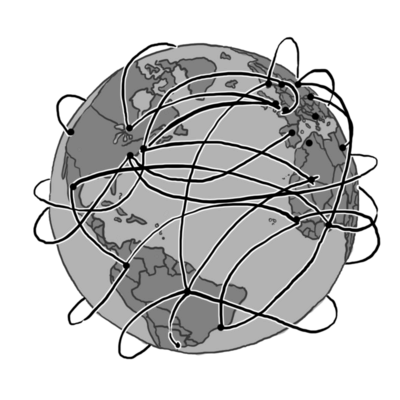After years of partisan gridlock, the conversation on gun control appears to be moving forward, as public support for certain measures grows and the president casts an eye toward suburban votes.
Monitor Daily Podcast
- Follow us:
- Apple Podcasts
- Spotify
- RSS Feed
- Download
 Noelle Swan
Noelle Swan
Welcome to your Daily. Today’s edition explores shifting attitudes on gun control, the human toll of climate change, a rare moment of unity in Brazil around pension reform, the efficacy of busing in education, and the thorny nature of emotional support animals.
What does recovery look like? In Mozambique’s Gorongosa National Park, it looks like puppies – adorable puppies with mottled coats, giant teddy-bear-like ears, and a ravenous appetite for fresh meat.
Gorongosa was once a haven for painted wolves – or African wild dogs, as they are more commonly known. But nearly two decades of civil war wiped out 95% of the park’s wildlife.
The havoc and devastation that war brings to human communities is well documented. But the toll that armed conflict takes on wildlife is often overlooked. A multidecade study in Africa found the frequency of conflict to be the most important predictor of wildlife population decline.
Fortunately, that same study found that total collapse was infrequent, suggesting that with careful conservation, recovery is possible.
Gorongosa offers a glimmer of that possibility.
In recent years, the park has slowly been coming back to life, thanks to conservation efforts funded by American philanthropist Gregory Carr. First came the herbivores: elephants, impalas, buffaloes, and more. Carnivore populations have been harder to restore.
But one year after the introduction of 14 painted wolves, the park’s ranks are approaching 50. And leopards are starting to gain a foothold, too. “We’ve got cubs everywhere,” Gorongosa’s carnivore expert Paola Bouley told The New York Times.
These early successes are giving conservationists hope – one ferocious litter at a time.










